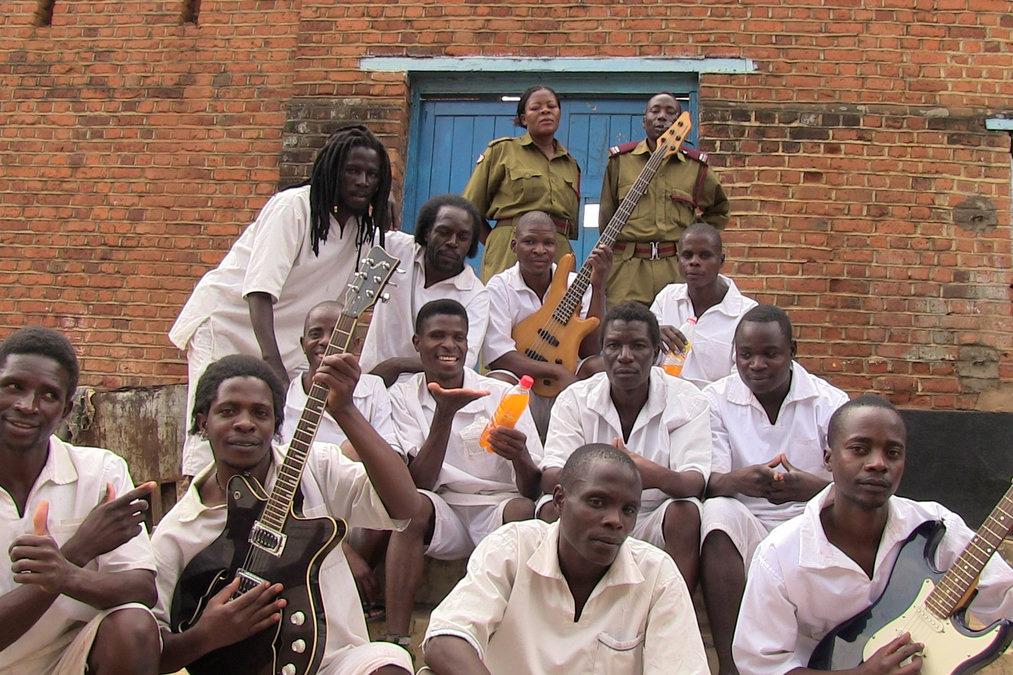In religious communities, ritual activity and celebrations are often complemented by evocative reverberations. Groups connect with one another and with other dimensions of existence through song and sound. From polyrhythmic drumming in African religious rituals to the melodic recitations of the Qur’an to the sonorous singing of Jewish cantors and Christian choirs, religion is inherently a “sound affair.”
Creative Encounters amplified the ways religion has contributed to the soundscape of the United States and has been instrumental in how diverse communities transmit meaning through sound. These questions built upon the pioneering work of Smithsonian Folkways, the institution’s nonprofit record label that has archived how sound impacts and reflects cultural vitality.
















